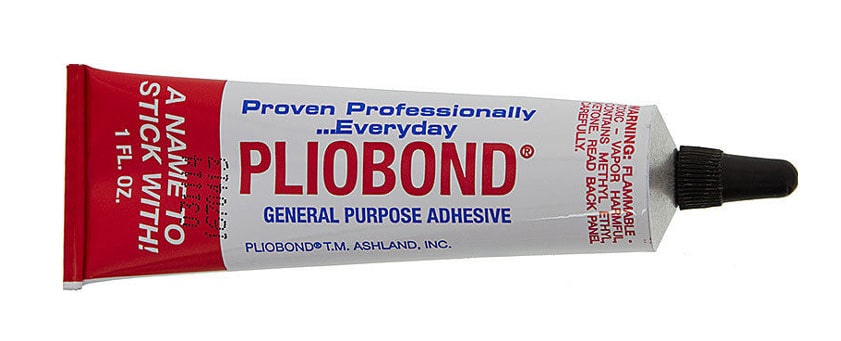Schwany
VIP MEMBER
- Joined
- Apr 22, 2020
- Messages
- 3,663
That big ugly thing has always been a good joke. People really like to point at it and laugh at it. Same goes for the manual ball valve on the oil feed line. Of course they can't do that from behind following. It has to be standing still parked to enjoy the frivolity.Your bike looks brilliant but I have to say I don't like that silencer mount
Would you be adverse to adding another lug to the frame above the existing one and forming a triangular plate ?
I'm not a welder, but a triangle mount off the frame would be a better engineered design. Originally all it had was a 1/8" x 3/4" wide straight strap at that location. That's how Bubb mounted it when he built it. The mount on the megaphone was a 1/8" thick x 3.5" long triangle shape with one mount point at the top of the triangle. It cracked along the entire edge of the triangle on the megaphone after about 1000 miles. I got it rewelded and tried a few different things. It has cracked several times over the years and I get it rewelded. Now it is bolted close to the base of the triangle with the top of the triangle cut off. There are 4 additional mount points bolted into inserts in the megaphone. Still shows thin hairline cracks once in a while I fill with epoxy when they show up. Red neck engineering.
Might give your idea a go someday.


